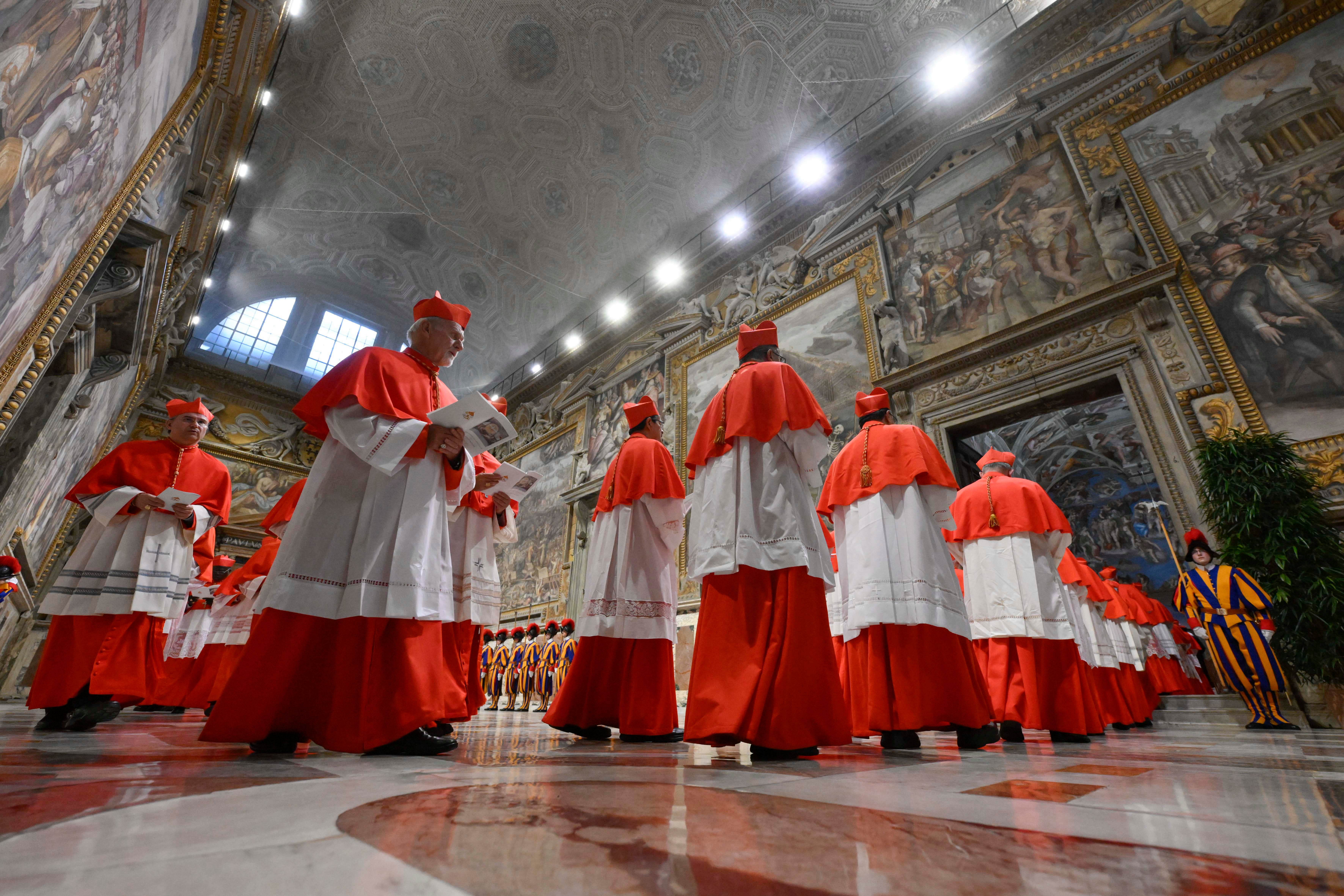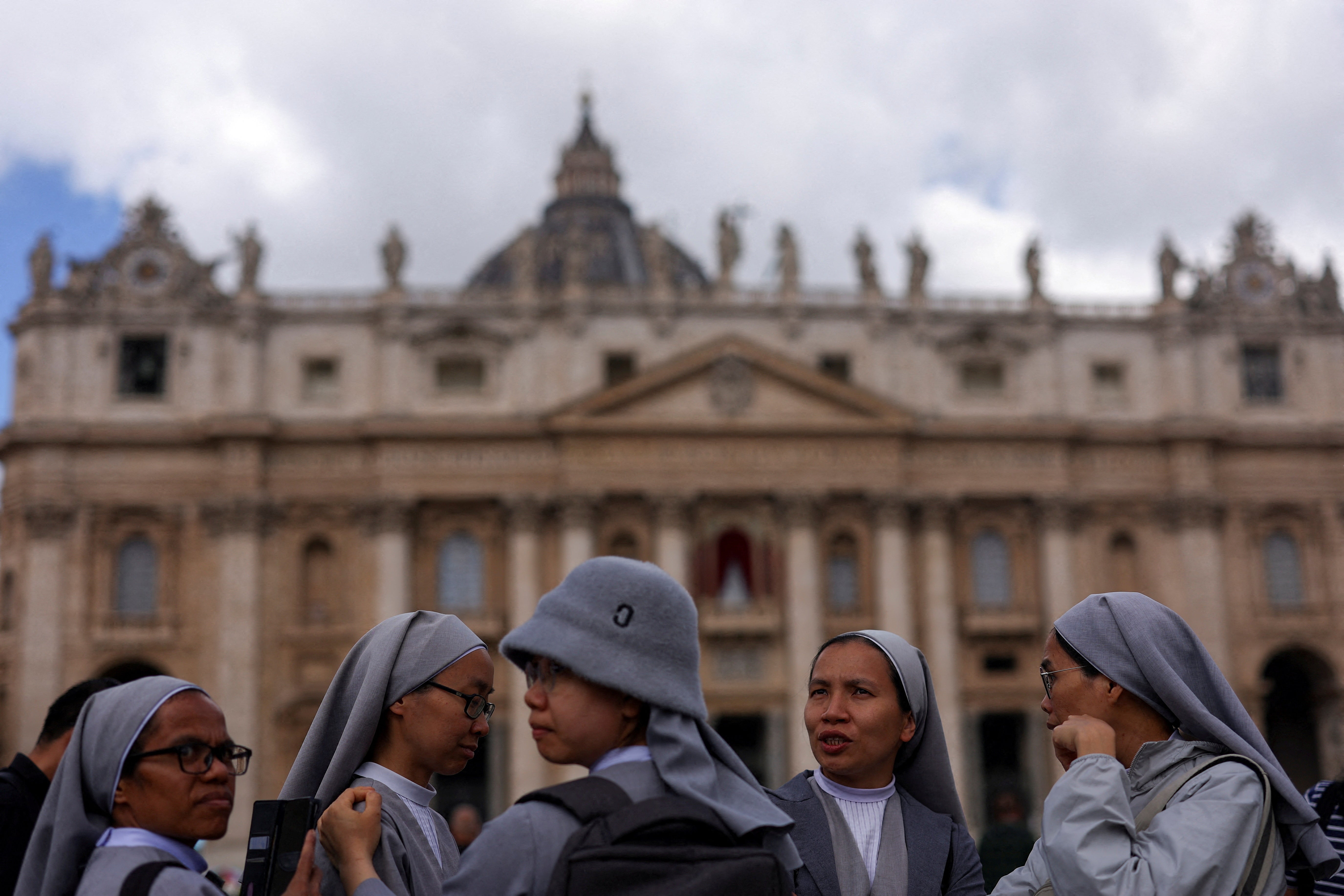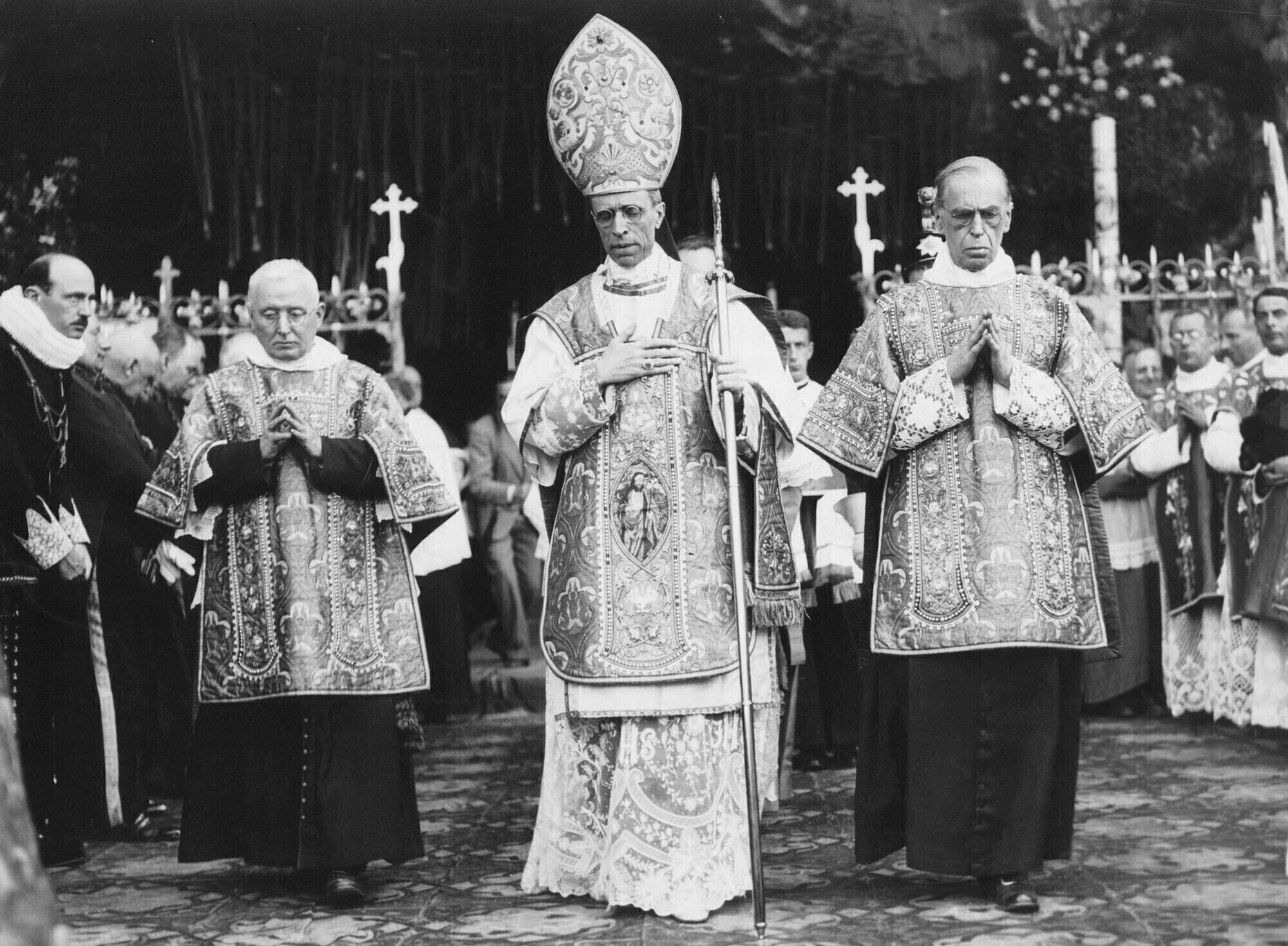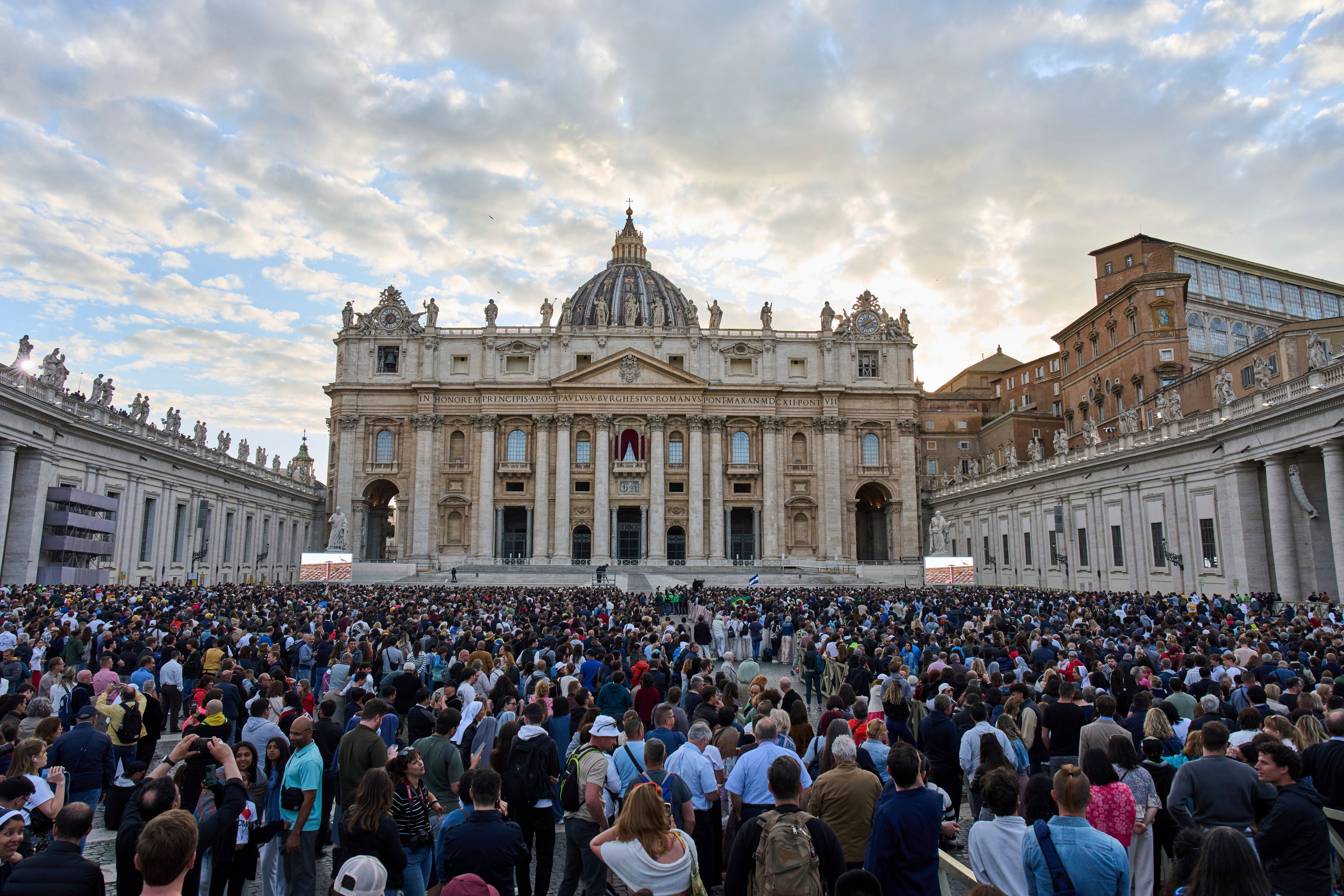ARTICLE AD BOX
Pope Francis’s successor will be elected in the coming days in a millennium-old ceremony known as the papal conclave. During the conclave, the 135 eligible Cardinal Electors of the Catholic Church will sequester themselves and elect a new pope in isolation.
During that time, they will have no contact with the outside world and they will vote repeatedly, in written ballots and verbal declaration, until one of them achieves a two-thirds majority.
Every failure brings sighs from the crowds in St. Peter’s Square as the votes, burned with a chemical admixture, send up a plume of inky black smoke from the chimney of the Sistine Chapel.
White smoke, signalling a new pope has been elected, provokes cheers and celebrations and the beginning of a new papal era.
The history of the conclave, especially during the Italian Renaissance that I teach and research, tells us a lot about how the papacy is both a religious and a political office.
The Pope is at once the supreme pontiff of the Catholic Church as well as the absolute monarch of Vatican City. He is both bishop of Rome and prince of the smallest sovereign state in the world.

Politics of the papacy
In the 15th, 16th and 17th centuries, the Vatican was the capital of a much-larger Papal State. This territorial buffer around Rome at its height bordered the territories of Florence, Naples, Milan and Venice, and covered much of northern Italy.
Popes wielded great influence in the dramatic politics of famous Italian families like the Medici: it was a Medici pope, Clement VII, who helped negotiate the installation of the first Medici duke in Florence.
Apocryphal accounts persist of Julius II, the so-called “Warrior Pope”, leading a charge over the walls of Bologna in 1506.
At the same time popes, and Catholic policy, had profound consequences for European and global politics: Clement’s successor Paul III excommunicated England’s King Henry VIII, cementing the English break with Rome in 1538.
Alexander VI was more audaciously imperial: he sponsored the treaty that arbitrarily divided the entire world outside of Europe between Spain (his home country) and Portugal in 1494.

Alexander VI’s historical infamy is perhaps outdone only by his son, Cesare Borgia, made famous by his mention in Niccolo Machiavelli’s book The Prince.
Becoming pope was a big deal for a cardinal and his family. Leading candidates known as papabili (pope-ables) began strategising and negotiating even before popes died.
When a pontiff died, those cardinals abroad began their travels to Rome, construction began on the temporary cells that would house them all during the sequestration and the real work of electing a pope began.
Enea Silvio Piccolomini left a detailed memoir of his election as Pius II in 1458. In it he describes a process of negotiating, threatening, cajoling and strategising that make the scheming in the recent movie Conclave look unsophisticated.
Renaissance Italy wrestled with and ultimately reconciled itself to the political nature of the papacy.
Many, including popes such as Pius II, expressed discomfort with the political power of the papacy. While it was a clear factor in the schism of European Christendom that led to the emergence of the Protestant churches in the 16th century, in early modern Italy the political power of the papacy was a reality of the diplomatic milieu.

The empty throne
The conclave marks a special place in early modern history as a time when ordinary political order was overturned for a brief period known as the sede vacante (the Vacant See).
The Vacant See was a time when identities were swappable and when, as one Paolo di Grassi told a judge in 1559, “in Vacant See [Romans] are the masters. The People are the Masters”. Di Grassi had, during the Vacant See of November 1559, pursued his own longstanding grudges against his enemies and been involved in at least one armed brawl.
While they waited for a new pope, Romans and everyone else might have passed the time with another favourite vice: gambling on the conclave’s outcome.
European princes and other potentates of the church paid close attention to conclaves, tried to smuggle information in and out and steer the conclave in favour of their preferred candidate.

In 1730, for instance, Cardinal Lambertini smuggled a letter out of his conclave thanking a benefactor for their donations to his future ordination as Pope Benedict XIV.
The election held everyone’s attention as a rare and unusually impactful event in the Roman calendar.
While Rome’s streets thrummed with tension during the chaotic days of a Vacant See, the conclave proceeded serenely and secretly within the Vatican’s walls.
The use of white smoke to mark the election of a pope only began in the 20th century. During the Renaissance, the sound of bells would be a more effective way to spread the news through Rome, before the new pope was announced to the city and the world.
Much turns on that announcement now, as much did in previous centuries. The conclave elects both a pope and a head of state. While Vatican City is magnitudes smaller than the Papal State of the past, it remains a sovereign state.
Papal pronouncements shape not just religious thought but political action, through voting, advocacy and more. Today’s crowds might be less raucous than Renaissance Romans, but they are nonetheless invested in the results.
Colin Rose is an Associate Professor of European and Digital History, Brock University
This article was originally published by The Conversation and is republished under a Creative Commons licence. Read the original article









 English (US) ·
English (US) ·